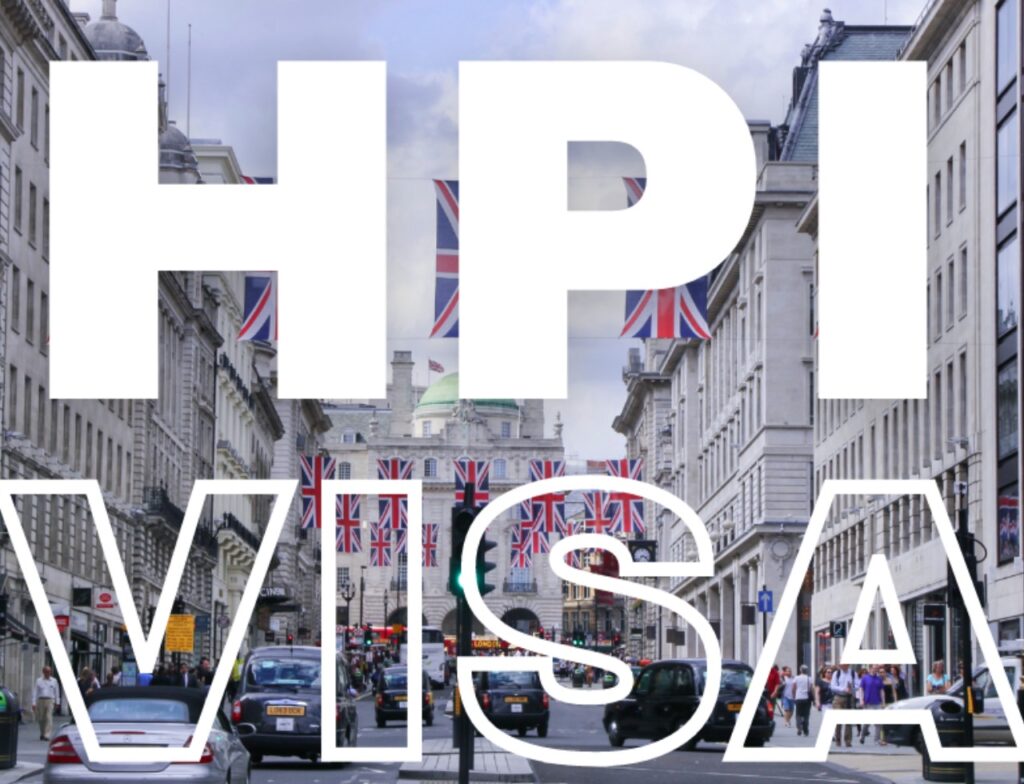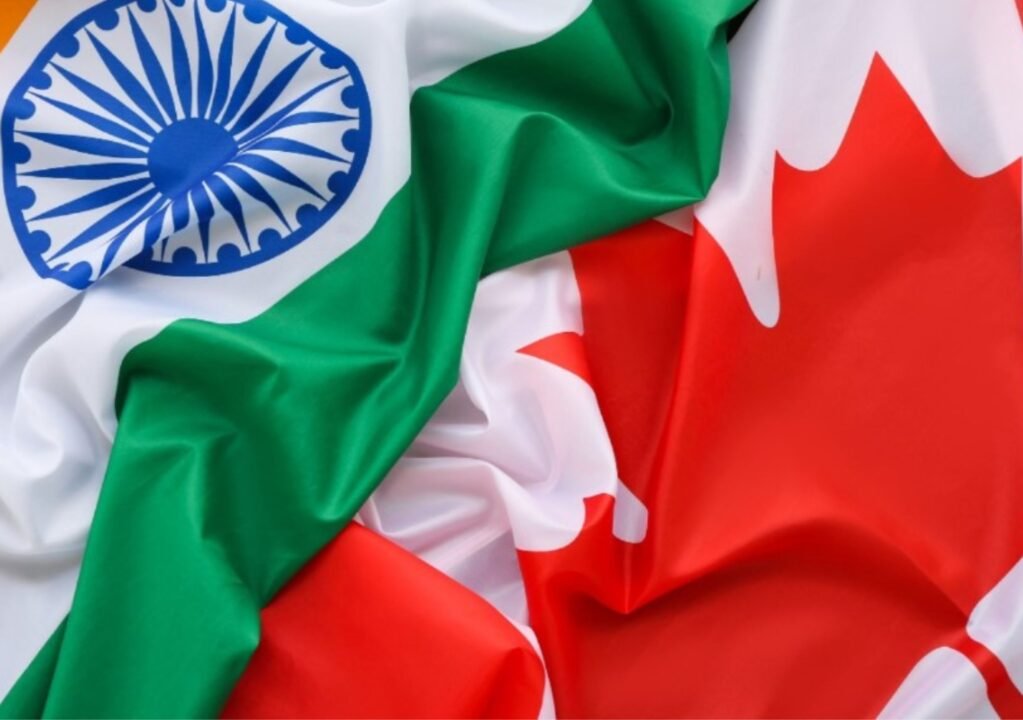Being one of the most populous countries in the world, Canada immigration policy is now facing the challenge of fast growth slowing down. The project of PM Justin Trudeau bases itself on slowing this growth; however, according to the current data, this goal will possibly fail to be fully realized. One should particularly mention the efforts toward limiting the number of temporary residents. Still, the figures of the highest demographic rise; therefore, reaching the reduction target is unlikely.
Population Trends in Canada Today
Recent statistics indicate that, according to Statistics Canada, around 250,000 individuals entered the population of Canada in a quarter ended July 1, while the period has registered only a quarterly growth rate of 0.6%. It is the first time since the beginning of 2020 that the quarterly growth went backward compared with its equivalent a year earlier. The rapid growth of immigration, which had boosted the economy following the relaxation of pandemic travel restrictions, brought housing costs and pressures on public services sharply into focus. This has resulted in a significant drop in public support for immigration, in which respect Trudeau’s government had faced the challenge of reassessing its approach.
The Focus on Temporary Residents
Under the incumbent Prime Minister of Canada, the new immigration strategy barely put much effort into keeping in check the rising numbers of temporary residents- including international students, foreign workers, and asylum seekers. On the surface of it, the efforts by the government seem to pay off as the growth rate of this group has been slowing down. However, numbers say otherwise: with 118,000 new temporary residents in the second quarter, it’s the smallest net increase since early 2023 and third consecutive quarter of slowing growth.
Despite this slowdown, the overall number of temporary residents in Canada has now surpassed 3 million, a milestone raising eyebrows. This group now constitutes 7.3% of the total population, a significant rise from 6.3% when the government first announced plans to cut this proportion to 5% over the next three years. Achieving that target would require a cut of 30% in the number of temporary residents, almost 1 million people.
Economic Implications and Future Projections
The Bank of Canada has recently revised its growth population prospects, indicating that the government’s plan to cap the inflow of temporary residents would take even longer than initially projected to impact immigration levels. Economic growth is expected to slow down during the next couple of years as growth rates settle closer to historical averages.
Indeed, a growth rate of 3% in Canada’s population was reported for the second quarter, down only slightly from the first quarter’s 3.2% but still one of the world’s fastest. With a total of 41.3 million residents in Canada, international migration has actually comprised 96% of the growth in the population. Births have only exceeded deaths by a mere 10,000, which would indicate the aging of that demographic landscape.
Conclusion
As Canada navigates through the complexities of immigration, the Trudeau government stands before a daunting challenge of population growth in the face of citizen need. Temporary residents are moving well past expectations and public sentiment seems to be shifting. The coming years will prove themselves more crucial in determining the direction of Canada’s new immigrations policy than any that have come before.





